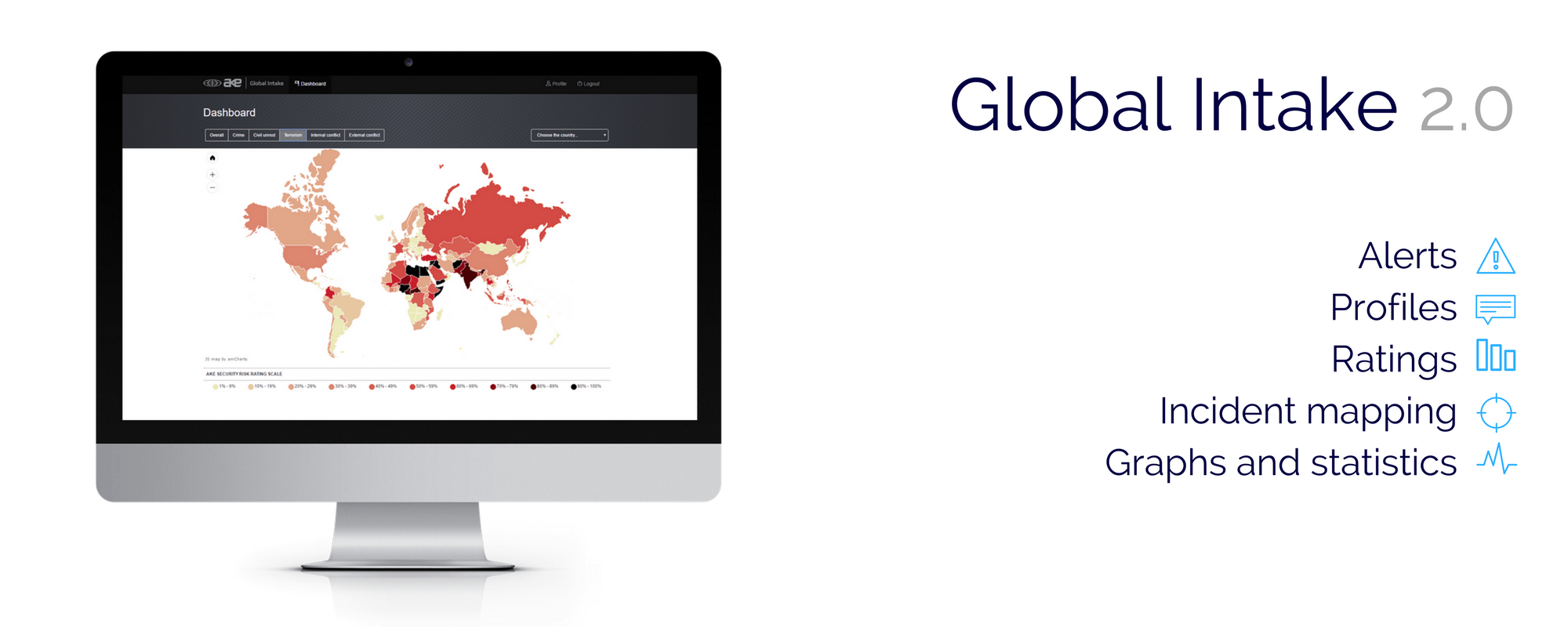Date first published: 25/10/2018
Key sectors: all
Key risks: foreign currency shortages; fiscal crisis; austerity
On 23 October Pakistan’s Prime Minister Imran Khan announced that Saudi Arabia would provide US$3bln in balance of payments support, and a US$3bln deferred payments facility for oil imports. Only a day earlier, Khan had claimed that Pakistan was ‘desperate for money’ and that the country had ‘the worst debt crisis in our history’. While Saudi support and continued loans from Beijing will help temporarily stabilise Islamabad’s precarious financial position, Pakistan still needs further sources of support to avoid a massive crisis.
Pakistan is facing a balance of payments crisis. Foreign reserves have fallen to under 2 months of imports, while the current account deficit was a record 5.7 per cent of GDP at the end of the last fiscal year. The increase in crude prices could push the deficit up further. The Pakistani rupee has effectively been devalued five times since December 2017, and is now at an all-time low against the US dollar. The International Monetary Fund (IMF) claims that Pakistan’s external financing needs are rising and could hit 9 per cent of GDP by 2023.
The foreign exchange crisis is superimposed on a country in a weak fiscal position. Officially, debt is around 70 per cent of GDP, but this excludes significant contingent liabilities, and the deficit remains at around 7 per cent of GDP. The small tax base means that Islamabad could face difficulties in servicing its debt and maintain current spending.
There are claims that Pakistan’s economic problems are caused by the need to pay for Chinese imports. Beijing denies that its loans to Pakistan and its flagship China–Pakistan Economic Corridor (CPEC) are creating problems. There is insufficient transparency on the terms of the Chinese loans to make a definitive judgement.
Pakistan’s difficulties led it to begin negotiations with the IMF on 11 October. Sources indicate that Pakistan was looking for between US$8bln and US$12bln from the Fund. Even after receiving aid from Riyadh, Islamabad was still hoping to receive IMF support. Imran Khan’s government has already started the process of budgetary consolidation, and the country has cut spending on several projects – including Chinese funded ones. However, IMF assistance is politically controversial. Pakistan has had 13 bailouts programmes since the late 1980s. While only one was completed, there is a widespread perception within the country that the austerity demand and structural reforms demanded by the Fund have failed.
Islamabad will hope that support from the Saudi’s will grant the country greater leverage in negotiations. Yet, Pakistan could be disappointed by the IMF. The Fund is under pressure from Washington over providing Pakistan support. In July US Secretary of State Mike Pompeo told CNBC that there was no rationale for the IMF to de facto fund a bailout of Chinese creditors. Beijing has been a major investor in Pakistan through the Belt and Road Initiative programme. In August a bipartisan group of 16 US senators sent a letter urging the US block the IMF from providing bailouts to countries that have obtained loans from China under such programme. The US’s emerging position on IMF funding, while still very much in its chrysolite, is driven in part by fears of growing Chinese influence. While the IMF will likely nonetheless enter negotiations with Islamabad, its willingness to compromise on strict conditionality would be limited.


